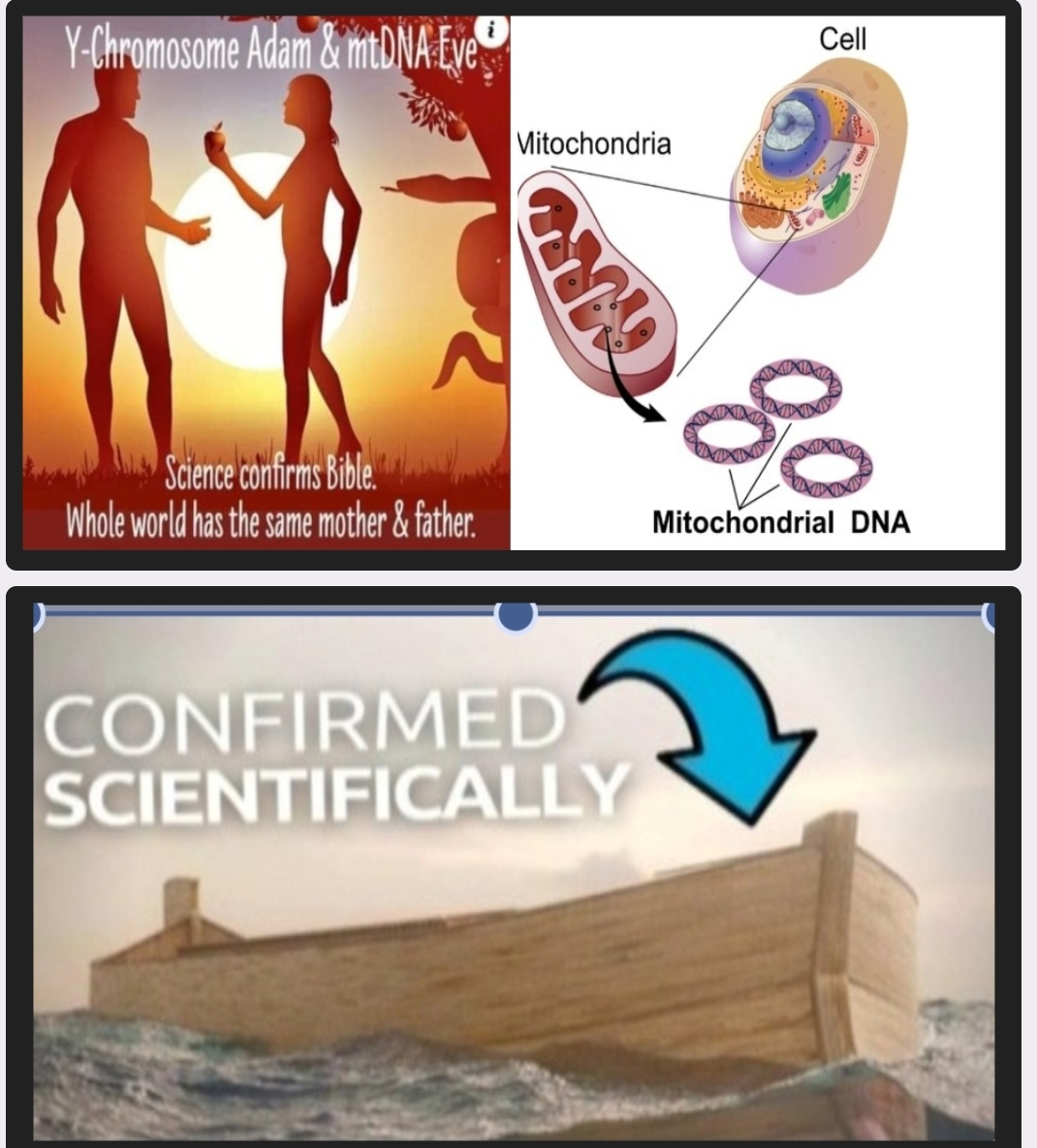Why escatology "the Son of Man" clarifies the gospels
In the Gospels, Jesus often speaks of the kingdom of God, which is a future reality in which God will be fully in control of the world. He also refers to himself as the "Son of Man," which is a title with a rich Old Testament history. In the book of Daniel, the Son of Man is a messianic figure who will come to earth to defeat evil and establish God's kingdom.
In the Gospels, Jesus' use of the title "Son of Man" is often associated with his future ridership. For example, in Matthew 24:30, Jesus says, "And then will appear the sign of the Son of Man in heaven. And then all the tribes of the earth will mourn, and they will see the Son of Man coming on the clouds of heaven with power and great glory." This passage makes it clear that Jesus sees himself as the messianic Son of Man who will one day return to earth in power and glory.
The Gospels also provide some clues about what Jesus' ridership will look like. For example, in Matthew 19:28, Jesus tells his disciples that "in the new world, when the Son of Man sits on his glorious throne, you who have followed me will also sit on twelve thrones, judging the twelve tribes of Israel." This passage suggests that Jesus' ridership will involve a new age of justice and peace, in which his followers will be given positions of authority.
The Gospels do not provide a detailed description of Jesus' ridership, but they do offer enough information to suggest that it will be a time of great hope and transformation. When Jesus returns, he will defeat evil and establish God's kingdom on earth. His followers will be given positions of authority, and they will help to bring about a new age of justice and peace.




Comments
Post a Comment